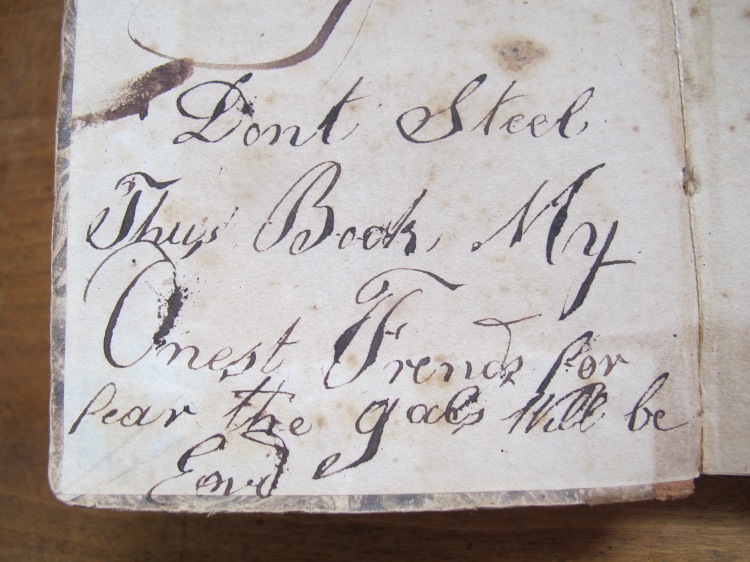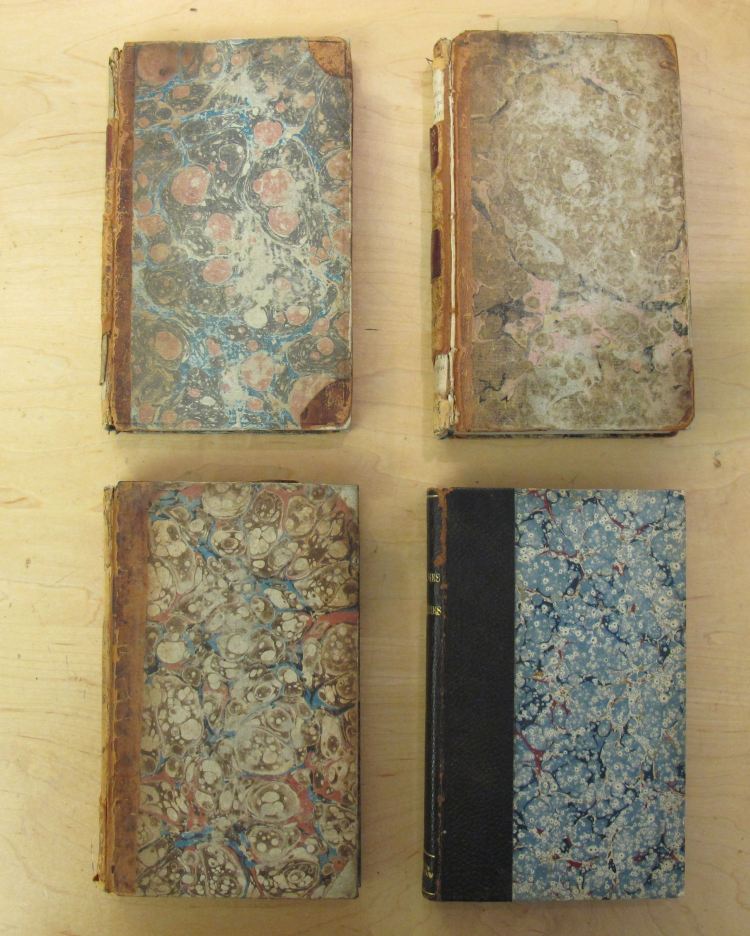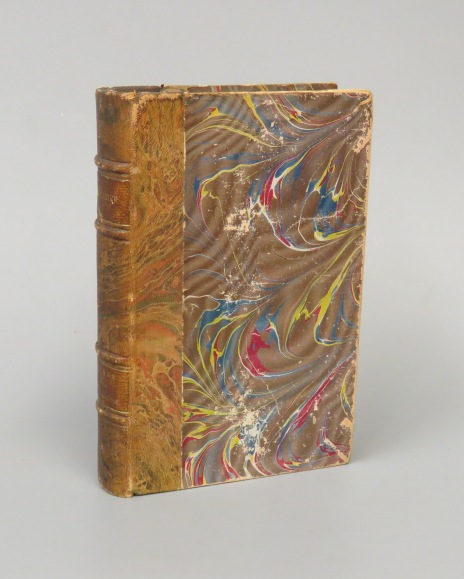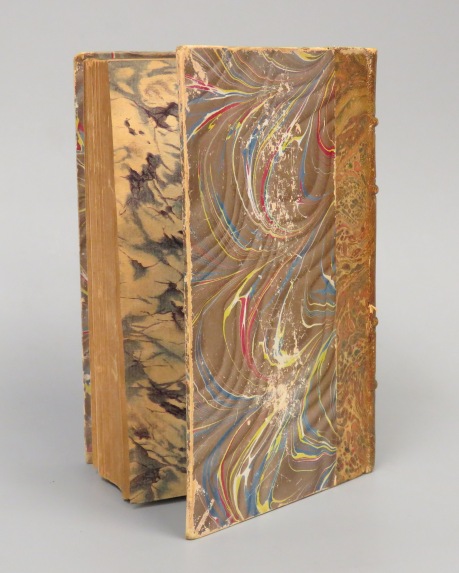I think we can all agree that 2016 has been a hard year. So why not make it a little easier on yourself and the Guild of Book Workers by taking part in their end-of-year swag sale/fundraiser? Select any or all from this fun selection of GBW gear and support the organization that supports you!

Clockwise from the top left: Button, Mug, Apron, Tape Measure, and Desk Organizer – All essentials that you can’t afford to live without!
Interestingly, my favorite option to support the Guild is not pictured above or on the site. For only $5, Bexx Caswell, the Guild President herself, will write you a personal thank you! I certainly intend to take her up on this; I could use some appreciation…
But in all seriousness, if you have the means, and if the GBW has in any way been a part of your involvement in the book world (I can say with certainty that it has been for me, both professionally and personally), this would be a great way to express it, especially since you get something in return! And yes, a large portion of your donation is tax deductible, so don’t fret.
So what are you waiting for? Get out there and vote! -I mean, support your national bookbinding organization!
Here’s the link: https://www.generosity.com/fundraising/guild-of-book-workers-year-end-fundraiser

 The sturdiness and flexibility of the bone, ergonomic handle and 13 degree bevel angle all make it ideal for various lifting and scraping operations. Already I’ve used it to scrape a sale sticker off a desk lamp! I anticipate a revolution in the bone tool business very soon…
The sturdiness and flexibility of the bone, ergonomic handle and 13 degree bevel angle all make it ideal for various lifting and scraping operations. Already I’ve used it to scrape a sale sticker off a desk lamp! I anticipate a revolution in the bone tool business very soon…













